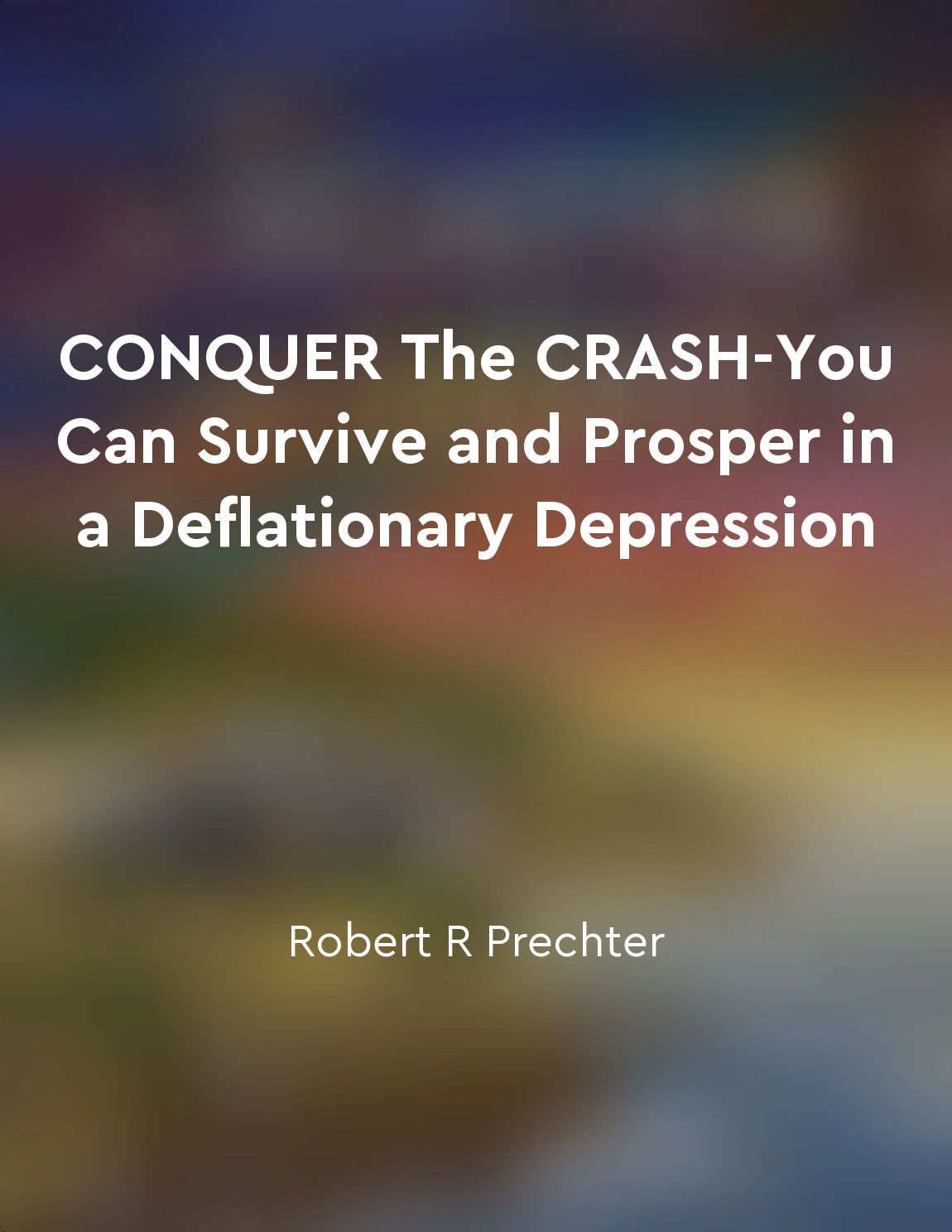Financial bubbles formed again from "summary" of The Great Crash 1929 by John Kenneth Galbraith
The most significant development in the American economy during the 1920s was the creation of a vast speculative bubble in the stock market. This financial euphoria was driven by a belief in the perpetuity of economic growth and prosperity, leading to a frenzy of stock buying and speculation. As prices soared to unsustainable levels, many investors became convinced that they could not lose, that the market was invincible, and that they were destined to become rich beyond their wildest dreams. The speculative bubble was fueled by easy credit, with brokers and banks extending margin loans to investors at unprecedented levels. This leverage magnified both gains and losses, creating a dangerous spiral of debt that threatened to unravel at any moment. Despite warnings from a few astute observers about the unsustainability of the market's ascent, the majority of investors remained blind to the risks, caught up in the collective delusion of ever-rising stock prices. Inevitably, the bubble burst in October 1929, triggering a devastating stock market crash that w...Similar Posts

Be open to alternative income sources
The idea of being open to alternative income sources is crucial during times of economic uncertainty. In a deflationary depress...
History repeated itself
The events that transpired in the years leading up to the crash of 1929 were not entirely unique or unprecedented in the annals...
Unemployment rates rose sharply
The crash of 1929 brought about a sudden and severe increase in unemployment. People lost their jobs at an alarming rate as bus...
Monetary policy can exacerbate or mitigate the effects of financial euphoria
Monetary policy, the control of money supply and interest rates by a central bank, plays a crucial role in the dynamics of fina...
Market optimism led to speculation
Market optimism, that most enduring and dangerous of all investment emotions, was the driving force behind the speculative feve...
Overconfidence prevailed
The prevailing sentiment during the stock market boom was one of unwavering confidence. Investors were convinced that the marke...
Banks mask risk through complex financial instruments
Banks had many ways to disguise risk. They could, for example, buy insurance on the bonds they owned. If the bonds defaulted, t...
Uncertainty and speculation are inherent features of financial markets
To claim that uncertainty and speculation are intrinsic components of financial markets is hardly earth-shattering news. It is ...
Speculative bubbles ultimately burst, leading to wealth destruction and economic pain
Speculative bubbles, those periods of collective self-deception, are a recurrent feature of financial history. The phenomenon t...
The allure of quick profits leads to excessive risktaking
The seductive appeal of rapid financial gains is a potent force that can drive individuals to take on excessive risks in the pu...
